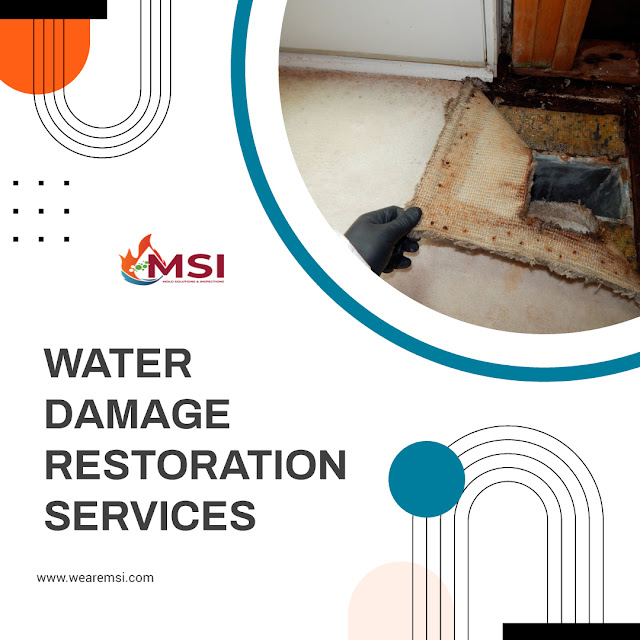Emergency Water Damage Restoration: Steps to Protect Your Property
Water damage can be one of the most devastating incidents a property owner can face. Whether it's from a burst pipe, a leaking roof, or a natural disaster, the effects of water damage can be swift and severe. However, knowing how to respond promptly can make all the difference in minimizing the damage and ensuring a smoother restoration process. In this guide, we'll outline the essential steps to take in the event of water damage to protect your property and belongings.
Assess the Situation: The first step is to assess the extent of the water damage. Determine the source of the water and identify any immediate safety hazards. If the water damage is extensive or poses a risk to your safety, evacuate the premises and contact emergency services.
Shut Off the Water: If the water damage is due to a burst pipe or a leaking appliance, locate the main water shut-off valve and turn off the water supply to prevent further flooding. This step is crucial in preventing additional water from entering your property and exacerbating the damage.
Remove Water: Depending on the severity of the water damage, you may need to remove standing water from your property. Use a wet/dry vacuum, pumps, or buckets to extract water from affected areas. Be cautious when dealing with electrical appliances or outlets in wet areas.
Protect Belongings: Salvage any valuable items or belongings that are not water-damaged. Move them to a dry, safe location to prevent further damage. For items that are wet, remove them from the affected area and allow them to air dry or use dehumidifiers to speed up the drying process.
Document the Damage: Take photographs or videos of the water damage and any affected belongings. This documentation will be invaluable when filing insurance claims and working with restoration professionals.
Contact Your Insurance Provider: Notify your insurance company as soon as possible to report the water damage and initiate the claims process. Provide them with detailed information about the extent of the damage and any documentation you have gathered.
Hire a Professional Restoration Company: While you may be tempted to handle the water damage restoration process yourself, it's often best to enlist the help of professional restoration experts. They have the necessary equipment, expertise, and experience to effectively mitigate water damage and restore your property to its pre-damaged condition.
Begin Drying and Restoration: Once the water has been extracted, the drying and restoration process can begin. This may involve using industrial-grade dehumidifiers, air movers, and other specialized equipment to thoroughly dry out the affected areas and prevent mold growth.
Address Mold and Mildew: If water damage is left untreated for an extended period, mold and mildew can start to grow, posing health risks and further damaging your property. If you suspect mold growth, consult with a mold remediation specialist to safely remove and remediate the affected areas.
Prevent Future Water Damage: Take steps to prevent future water damage by addressing any underlying issues such as leaky pipes, roof leaks, or poor drainage. Regular maintenance and inspection of your property can help identify and mitigate potential risks before they escalate into costly water damage incidents.
By following these steps promptly and thoroughly, you can protect your property and belongings from the devastating effects of water damage and ensure a smoother restoration process. Remember, acting quickly and enlisting the help of professionals can make all the difference in minimizing damage and restoring your property to its pre-damaged condition. https://www.wearemsi.com





Comments
Post a Comment